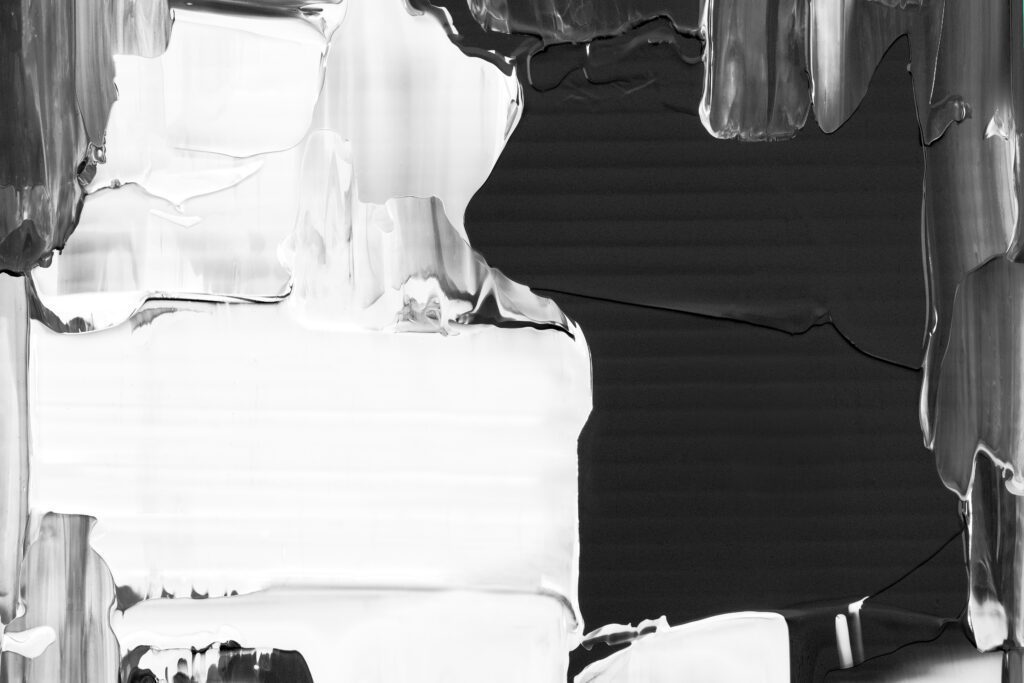Title: Mastering Silhouette Painting: A Comprehensive Guide
Introduction:
Silhouette painting is an art form that emphasizes the use of contrasting shapes and colors to create visually stunning and captivating compositions. In this guide, we will delve into the world of silhouette painting, providing you with step-by-step techniques and helpful tips to help you master this unique and expressive artistic style. Whether you’re a beginner or an experienced artist looking to broaden your skills, this guide will serve as a valuable resource on your artistic journey.
Silhouette Painting Tips and Step-by-Step Techniques:
- Finding Inspiration:
- Begin by collecting inspiration for your silhouette painting. Look for interesting silhouettes in nature, photographs, or even within your own imagination.
- Explore different themes and concepts that resonate with you, such as landscapes, animals, portraits, or abstract shapes.
- Designing Your Composition:
- Sketch out your composition on a separate sheet of paper before starting your painting. Experiment with different arrangements of shapes and the placement of your main subject.
- Consider the balance and flow of your composition, aiming for a visually pleasing arrangement of positive and negative space.
- Choosing Colors:
- Decide on a color scheme that complements the mood and theme of your painting. Silhouette paintings often make use of bold and contrasting colors to create impact.
- Experiment with different color combinations to find the ones that evoke the desired emotions and atmospheres within your artwork.
- Preparing Your Canvas:
- Prime your canvas with a neutral color or select a colored background that complements the overall aesthetic of your painting.
- If you prefer a textured surface, consider applying a thin layer of gesso or texture medium before starting your composition.
- Blocking Out the Silhouette:
- Using a large flat brush or palette knife, block out the silhouette shape using a solid black or dark color. Ensure that the edges are clean and well-defined.
- Pay attention to the negative spaces around the silhouette, as they will play an important role in defining the shape and enhancing the overall composition.
- Adding the Background:
- Once the silhouette is dry, carefully mix and apply the background colors. Experiment with different techniques such as blending, dry brushing, or layering to create various effects.
- Consider the mood and atmosphere you want to convey. For example, vibrant colors can create a sense of energy and excitement, while muted tones evoke calmness or introspection.
- Adding Details and Highlights:
- After the background is dry, focus on adding details and highlights to your composition. Use a smaller brush or a liner brush to create intricate shapes or lines within the silhouette.
- Utilize lighter shades or contrasting colors to add depth, dimension, and emphasis to specific areas. This will help create a sense of balance and visual interest.
- Assessing and Refining:
- Step back occasionally to assess your painting from a distance. Evaluate the overall balance, focal points, and the overall impact of your composition.
- Make any necessary adjustments to enhance the visual flow, adjust colors, or clarify shapes. Remember that the process of refinement is an integral part of creating a successful painting.
- Finishing Touches:
- Once you are satisfied with the overall result, ensure that the paint is dry and stable before applying a protective varnish to preserve the longevity of your artwork.
- Sign your painting with pride, as your unique creation is ready to be admired and appreciated.
We hope these tips and step-by-step techniques have provided you with valuable insights into the world of silhouette painting. Remember to explore further resources and browse through our website at https://urartstudio.com for additional inspiration, tutorials, and free resources to fuel your artistic growth. Embrace experimentation, trust your instincts, and enjoy the journey of creating breathtaking silhouette paintings that reflect your artistic vision.


